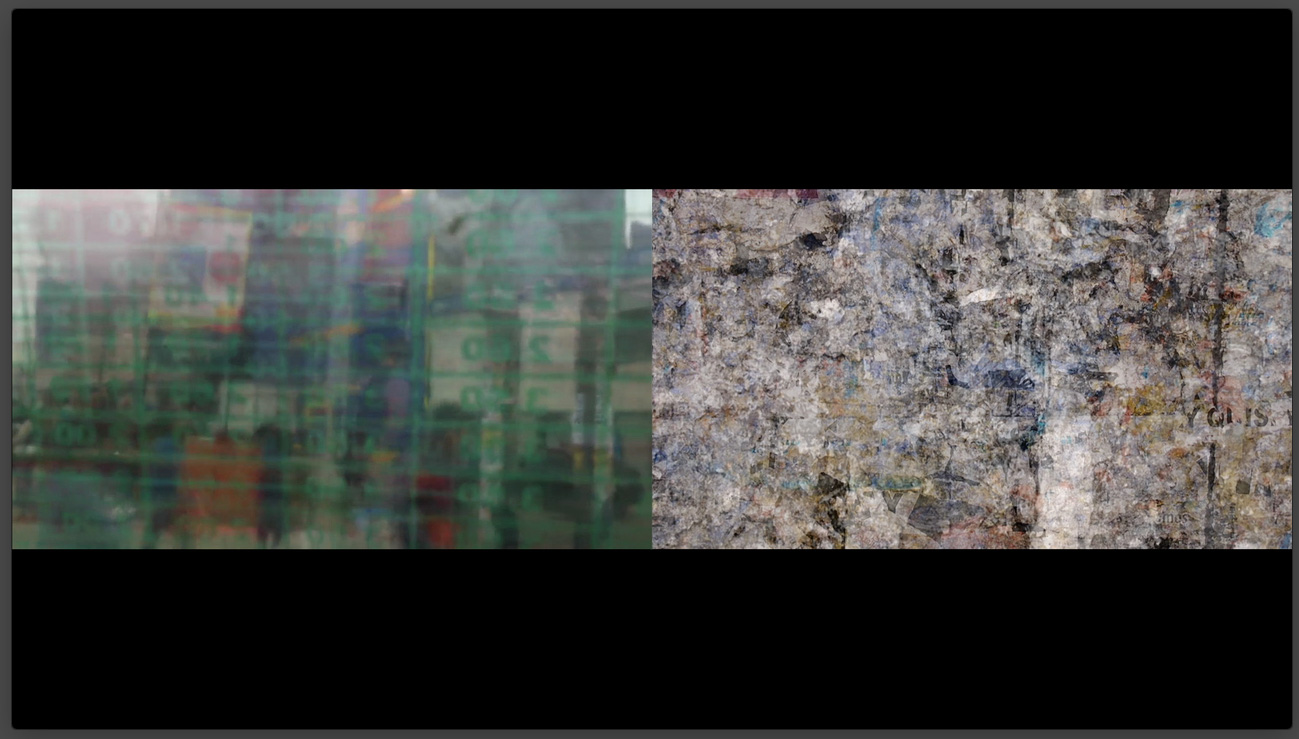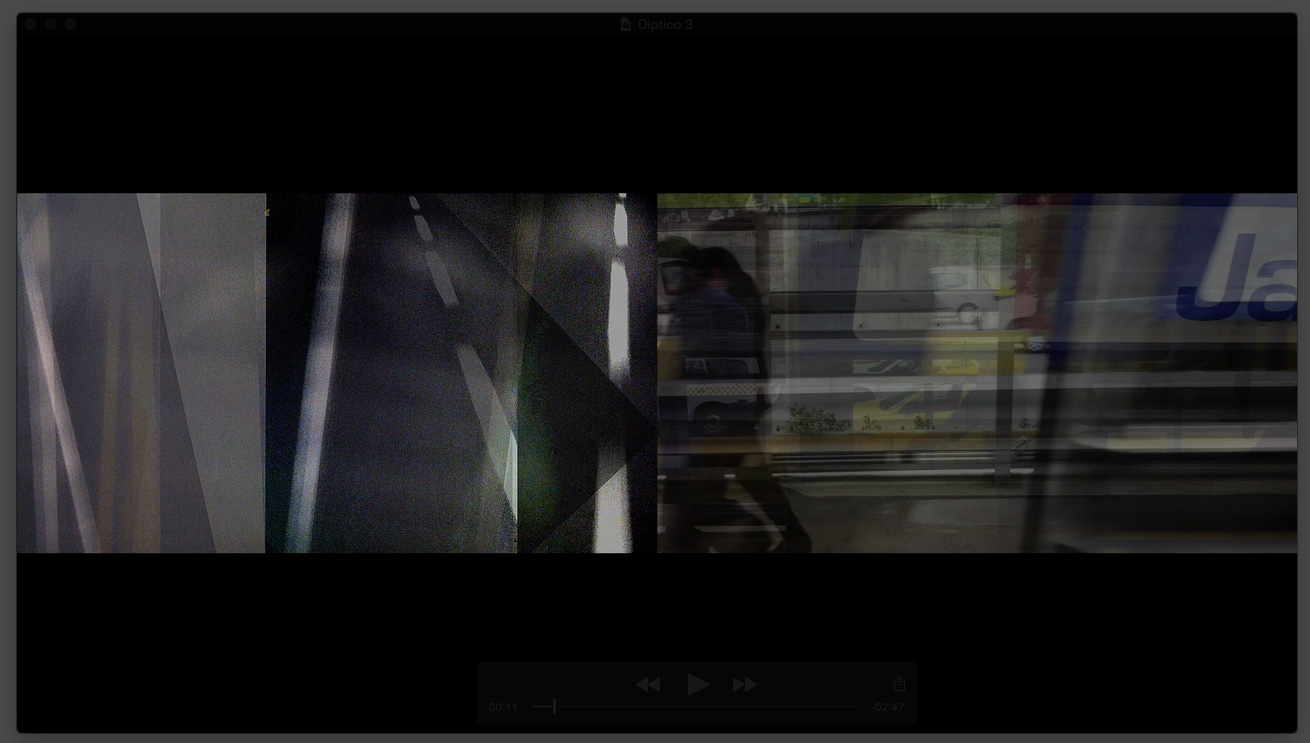Hector Mata Studio
The American photographer Hector Mata has evolved a potent approach to both conceptual photography and video during the last decade. This has given a striking, thought-provoking turn to his recent work in the visual arts, in which he addresses contemporary issues.
If before, when he was in his twenties, his stance was that of a trueblood photojournalist, he has developed a fine visual proposal, partly based on a quest for information that converses with both the research aspects and the empathy of the individual engaging in photojournalism; and partly, on the ethos of contemporary visual narratives. Through the use of subtle conceptual filters, Mata puts the accent on the displacement of the experience of the real, in the construction of his photographic images, and introduces framing devices to channel emotion. In video, Mata has fused his penchant for the construction of meaning through the carefully-structured visuality of the images and the expressive generation of rhythm through editing, with a stark viewpoint on objects and individuals that reveals his understanding of the man in the street as an actor in everyday life: one whose destiny can change dramatically in the heat of the moment but who is also known to rise to the situation and transform the commonplace by the sheer impulse to reject all the givens. The characters in his video narratives, more often than not are heroes without the heroics the public wants to see; and it is interesting to consider that Mata, for one, does not appear to be interested in portraying self-invented and promoted anti-heroes.
In his recent work, Mata is exploring the experience of the moving image from the perspective of the viewer, inducing the participant into an hypnotic trance. The world described in recent videos show us what it appears to be urban landscapes in perpetual motion. A dirty, abstract view of cities in their constant transformation. The use of sound that he carefully design accelerates the sense of fluidity and the non permanence of matter. Reality as we perceive it, is gone. A new reality replaces it.
Urban Landscapes
Looking at the world through his globalized prism of art the artist comes from one place but even though he or she recognize his or her origins, the artist develops new languages to describe the world. The project main focus is to portray cities in motion. In constant change. it will offer a view of the passing streets, a glimpse of its walls and its people. A ghostly and ephemeral passage of time in which visual elements of the inhabitants of these urban spaces are discovered.
The proposal answers the demand by Baudrillard of a "Radical Illusion" on the contemporary art ways of representation, a liberation of forms: "It must said that forms are not free, figures are not free. They are on the contrary bound: the only way to liberate them is to chain them together, in other words to find their links, the ties that create and bind them, that chain them gently together. Moreover, they connect and engender themselves, and art has to enter into the intimacy of this process (...) Objects whose secret in not their expression, their representative form but on the contrary their condensation and their subsequent dispersion in the cycle of metamorphoses. In fact there are two ways to escape the trap of representation: by never-ending deconstruction, where painting never ceases to watch itself die in the shards of the mirror (...) Or by simply leaving representation behind, forgetting the critical violence of meaning and mistake, returning to the womb of the appearance of things where they merely state their presence, albeit in multiple forms, multiplied by the specter of metamorphoses."
The six channel video installation is formed by 4 HD (1280x720) videos that run between 02:58 min. and 05:19 min. The artist has produced a series of 3 for each video.
Hector Mata Studio
The American photographer Hector Mata has evolved a potent approach to both conceptual photography and video during the last decade. This has given a striking, thought-provoking turn to his recent work in the visual arts, in which he addresses contemporary issues.
If before, when he was in his twenties, his stance was that of a trueblood photojournalist, he has developed a fine visual proposal, partly based on a quest for information that converses with both the research aspects and the empathy of the individual engaging in photojournalism; and partly, on the ethos of contemporary visual narratives. Through the use of subtle conceptual filters, Mata puts the accent on the displacement of the experience of the real, in the construction of his photographic images, and introduces framing devices to channel emotion. In video, Mata has fused his penchant for the construction of meaning through the carefully-structured visuality of the images and the expressive generation of rhythm through editing, with a stark viewpoint on objects and individuals that reveals his understanding of the man in the street as an actor in everyday life: one whose destiny can change dramatically in the heat of the moment but who is also known to rise to the situation and transform the commonplace by the sheer impulse to reject all the givens. The characters in his video narratives, more often than not are heroes without the heroics the public wants to see; and it is interesting to consider that Mata, for one, does not appear to be interested in portraying self-invented and promoted anti-heroes.
In his recent work, Mata is exploring the experience of the moving image from the perspective of the viewer, inducing the participant into an hypnotic trance. The world described in recent videos show us what it appears to be urban landscapes in perpetual motion. A dirty, abstract view of cities in their constant transformation. The use of sound that he carefully design accelerates the sense of fluidity and the non permanence of matter. Reality as we perceive it, is gone. A new reality replaces it.


